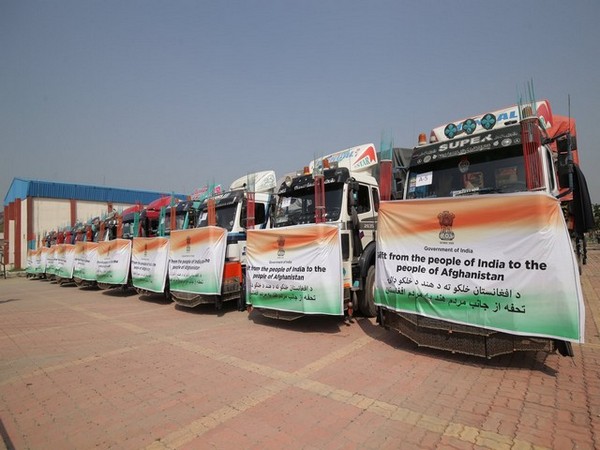
India has emerged as South Asia’s humanitarian and developmental leader, extending over USD 30 billion during the last 10 years in aid through financial, in-kind, and capacity-building support. Guided by “Neighbourhood First” and Vasudhaiva Kutumbakam, India combined compassion with strategy—offering vaccines, food, relief, and infrastructure development support to neighbouring countries.
India’s approach toward its neighbouring countries has evolved into one of the most comprehensive humanitarian and developmental frameworks in Asia. Guided by the twin philosophies of Neighbourhood First and Vasudhaiva Kutumbakam, “the world is one family”, India has extended generous support, both financial and material, to its neighbours across South Asia. From the heights of the Himalayas to the shores of the Indian Ocean, India’s engagement has embodied compassion, solidarity, and responsibility.
Between 2020 and October 2025, India’s humanitarian actions have ranged from dispatching vaccines and medicines to offering emergency relief after natural disasters, and supporting post-crisis reconstruction efforts. The onset of the COVID-19 pandemic in 2020 tested the resilience of all nations, and India’s rapid mobilization of medical assistance to neighbouring countries placed it at the forefront of global humanitarian diplomacy, demonstrating its emergence as the principal pillar of regional stability and growth. Across South Asia, India’s development partnerships have evolved from traditional assistance to comprehensive, people-centric engagement that balances immediate relief with long-term resilience building.
India’s support to its neighbours can broadly be viewed through three interlinked aspects, firstly financial assistance, secondly the in-kind humanitarian support, and thirdly the developmental partnership. Financially, India extended direct grants, Lines of Credit (LoCs), and concessional financing to help neighbouring countries stabilize their economies, build critical infrastructure, and recover from crises. In-kind assistance took the form of medical consignments, food grains, vaccines, tents, and emergency relief materials sent during pandemics, floods, and earthquakes. On the developmental side, India invested heavily in human resource development, skill training, education, and institutional strengthening to build long-term resilience. Together, these measures have transformed India into a central pillar of humanitarian and developmental stability in South Asia.
In Afghanistan, India sustained its deep developmental role despite political upheavals, executing over USD 200 million in High Impact Community Development Projects and delivering vital food and medical aid. Its wheat assistance, vaccine drives, and scholarship programmes have preserved essential welfare services amid crises. Bhutan remains India’s closest and most trusted partner, benefiting from ₹4,500 crore under its 12th Five-Year Plan alongside joint ventures in hydropower, satellite technology, and digital connectivity. India’s extensive COVID-era support — from vaccines and medical kits to repatriation aid, further underscored their enduring partnership.